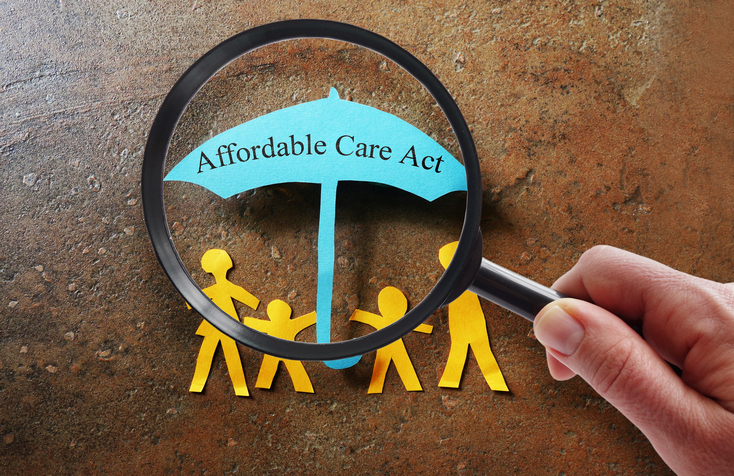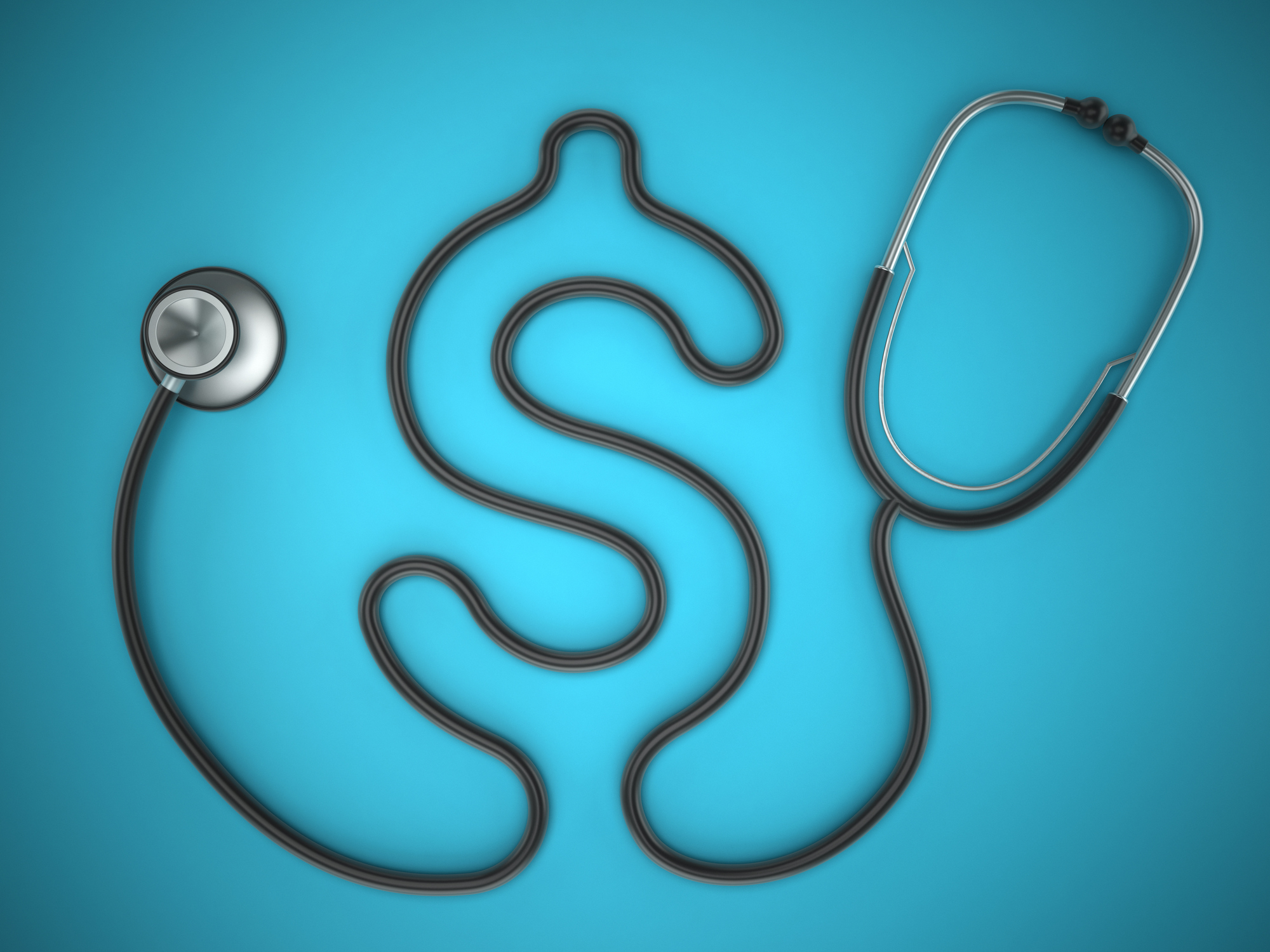They don’t make corporate executives like A. Malachi “Mal” Mixon III anymore.
The outspoken former CEO of Elyria, Ohio-based Invacare Corp. (NYSE:IVC) is known for his straight talk, hard-charging style, conservative political leanings — and the occasional fondness for whiskey.
More importantly, the former Marine captain and Harvard Business School Graduate is known for taking control of sleepy wheelchair maker Invacare 30 years ago and turning it into the world’s largest home health products manufacturer, a firm that makes “the most sophisticated wheelchairs in the world,” in Mixon’s words.

With the Rise of AI, What IP Disputes in Healthcare Are Likely to Emerge?
Munck Wilson Mandala Partner Greg Howison shared his perspective on some of the legal ramifications around AI, IP, connected devices and the data they generate, in response to emailed questions.
Earlier this week, the Spiro, Oklahoma, native known as “Mr. Invacare” announced that he’d step down from his CEO post, though he will remain chairman. Gerald Blouch, a 20-year Invacare veteran who’d been acting as interim CEO since Mixon suffered a mild stroke in April will succeed Mixon in the top role.
Mixon’s contributions to Northeast Ohio’s growing healthcare industry go beyond Invacare. As an investor, he helped launch several companies, notably Mentor-based sterilization products maker STERIS Corp. (NYSE: STE). He also was a founding board member of BioEnterprise, the biomedical economic development group that has been instrumental in developing local healthcare companies and establishing Northeast Ohio’s reputation as a center of medical innovation.
BioEnterprise President Baiju Shah called Mixon “one of the primary individuals responsible for the development of Cleveland’s biomedical industry.
“In addition to being a prominent and visible inspiration for entrepreneurs due to his success in driving Invacare, Mal has also been a mentor and funder of many other biomedical entrepreneurs … a catalyst in the formation of BioEnterprise and Cleveland Clinic Innovations, and a leader in creating healthcare investment funds in the Cleveland area,” Shah said.
“Mal has constantly challenged us to set aggressive and ambitious aspirations for Cleveland’s biomedical industry growth and then has been a source of constant support and counsel in achieving those ambitions.”
Aside from his business accomplishments, Mixon has become a political force, working with Invacare’s senior vice president of government relations, Cara Bachenheimer, for nearly a decade to lobby Congress on everything from blocking a proposed sales tax on medical devices to reforming the oxygen benefit system. Last year, Invacare was the top spender of healthcare reform lobbying dollars among Ohio health companies, at $1.2 million.
Though the notable occurrences from Mixon’s 30-year reign as Invacare chief are too numerous to mention, here are five key turning points for the company under Mixon’s tenure:
- It begins: In 1979, 39-year-old Mixon led a group of investors in the $7.8 million purchase of Invacare, which had annual sales of $19 million, from Johnson & Johnson. Mixon used his life savings — $10,000 — plus funding from investors and a $4.3 million loan to finance the deal. He took a 15 percent interest for himself. He and his group took control of the company on Dec. 28, 1979.
- The first big innovation: In 1982, Invacare became the first company to introduce a motorized wheelchair with computerized controls, which could be easily adapted to suit the needs of severely disabled people. The wheelchair quickly became an industry standard. A few years later, the company controlled more of the wheelchair market than its nearest competitor, Everest & Jennings, which had owned 80 percent of the market when Mixon’s team bought Invacare.
- The IPO: With Invacare’s future looking rosy, the company launched its initial public offering in 1984 at $11 per share, but the good times wouldn’t last long. Problems with the company’s inventory forced it to take a charge that resulted in a loss for that year. The federal government issued a recall of an Invacare oxygen concentrator that had a manufacturing defect. Plus, a change in the government’s reimbursement policy for wheelchairs took a bite out of the company’s sales. It all added up to a serious loss of investor confidence, and Invacare’s share price languished below $5, having lost more than half its value in about a year.
- Growing through acquisitions in the ’90s: Invacare kicked off the ’90s by introducing a whopping 53 new products in the first year of the decade, including the first wheelchair designed for use on airplanes. In a two-year period ending in 1993, the company went on a buying spree with seven major acquisitions, including Top End Wheelchair Sports. That acquisition boosted the company’s visibility because Top End’s products were used in numerous wheelchair sporting events, including NBA-sponsored basketball games. By the end of the decade, Invacare had made 35 acquisitions under Mixon and his crew. The company’s 1999 sales grew to nearly $900 million, and it entered the next decade as the clear leader in the home healthcare market. A year later, sales topped $1 billion for the first time — a remarkable increase considering annual sales stood at $19 million just two decades before.
- The era of low-cost competition: Invacare didn’t slow down in the first half of the decade, continuing a string of acquisitions and growth that pushed the company’s shares to an all-time high above $50 in late 2004. That high stands today. With earnings of $75 million, 2004 was the company’s most profitable year. But hard times were around the corner, as it faced growing competition from low-wage manufacturers in countries like China and pressure on government reimbursements. The difficulties took their toll on the company, exacting net losses in 2006 and 2007, leading to layoffs of hundreds of U.S. workers, and shifting some manufacturing operations overseas.
In recent years, Invacare bounced back, in part thanks to globalization efforts like sourcing materials and components worldwide and making products at two Chinese plants, though the company still has not hit the $2 billion mark in sales — a stated goal of Mixon’s 10 years ago. Last year, the company earned about $41 million on sales of $1.7 billion.
The company is growing, though admittedly not as fast as Mixon would like. Mixon has said he plans to double the company’s research and development budget over the next few years as Invacare looks to introduce more and more new products. In the meantime, most observers expect a smooth transition from Mixon to Blouch as the company embarks on a new era.














